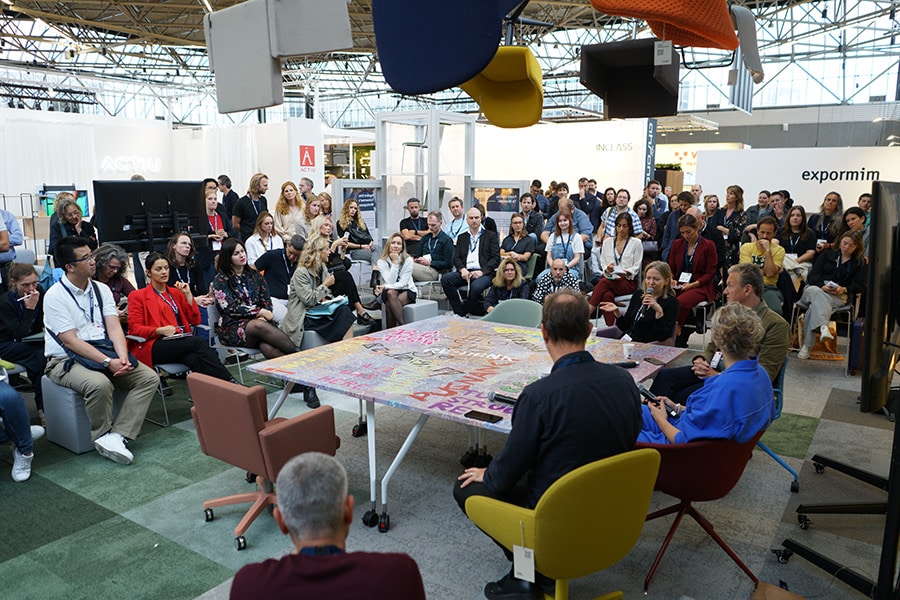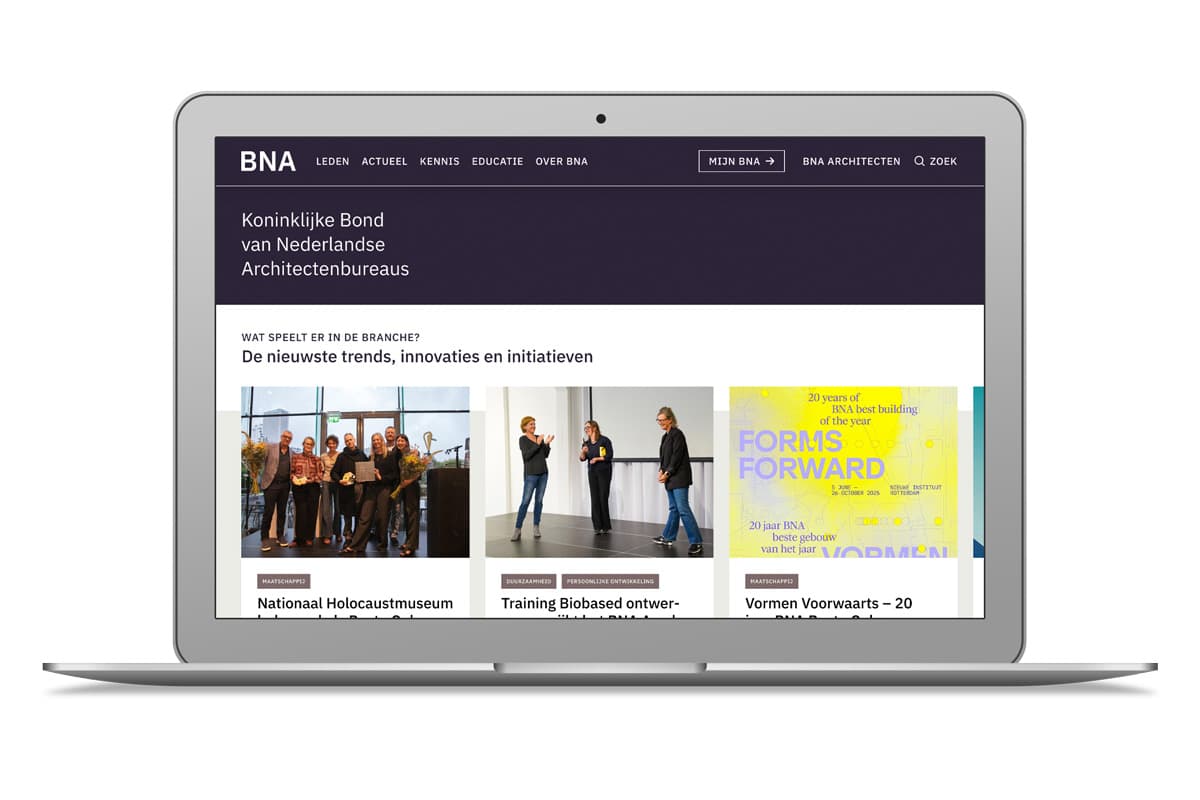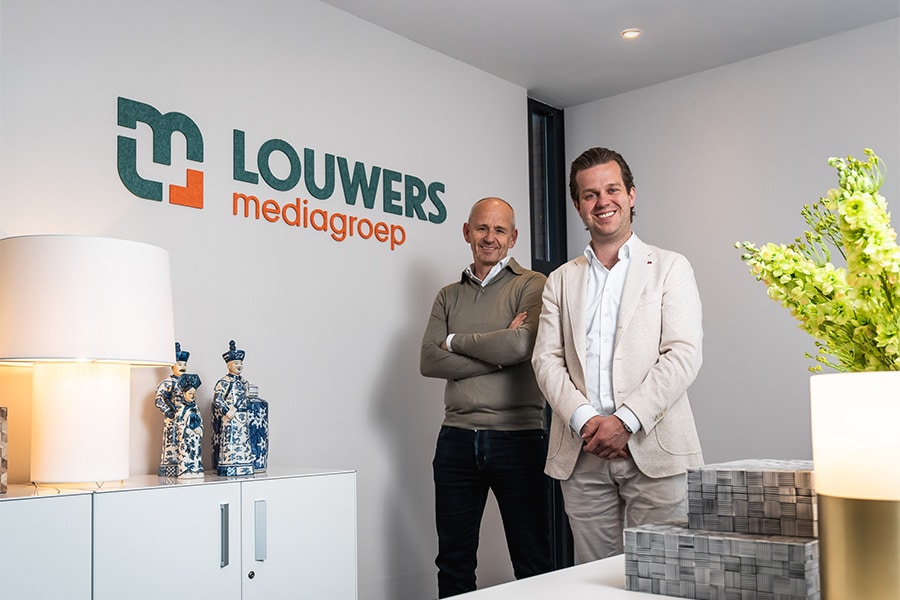
Beautiful facades! But can we still do maintenance on them?
Shortage of manpower is big problem
Look outside. Look around you. Contemporary architecture is to be enjoyed. Magnificent buildings in the urban context are very often a feast for the eyes. From spectacular residential towers to iconic office buildings, the skylines of our cities are turning into visual works of art. But these architectural marvels also bring challenges, especially when it comes to maintenance. How do you - dear architects of the Netherlands - ensure that today's complex structures remain practical for tomorrow? In this article, we like to bring a piece of awareness!
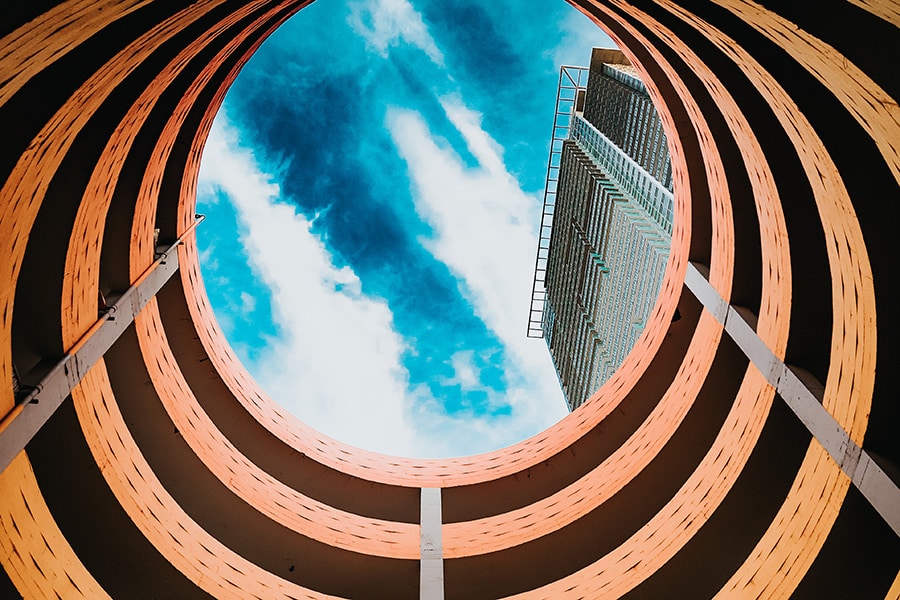
Aesthetics versus functionality
As an architect, you design (with) vision. After all, the facade is the building's calling card; it should impress, inspire and sometimes even challenge. But aesthetics do not always equal functionality. Take the example of Wonderwoods in Utrecht, where a vertical forest makes the building not only sustainable but also iconic. In the basement of this complex is an elaborate irrigation system that feeds all the greenery. However ingenious, maintaining this system proved to be quite a challenge. Can technicians access it safely and efficiently? Has sufficient thought been given to it? Hooray, in this case an affirmative answer can be given. Safety was paramount! Well done!
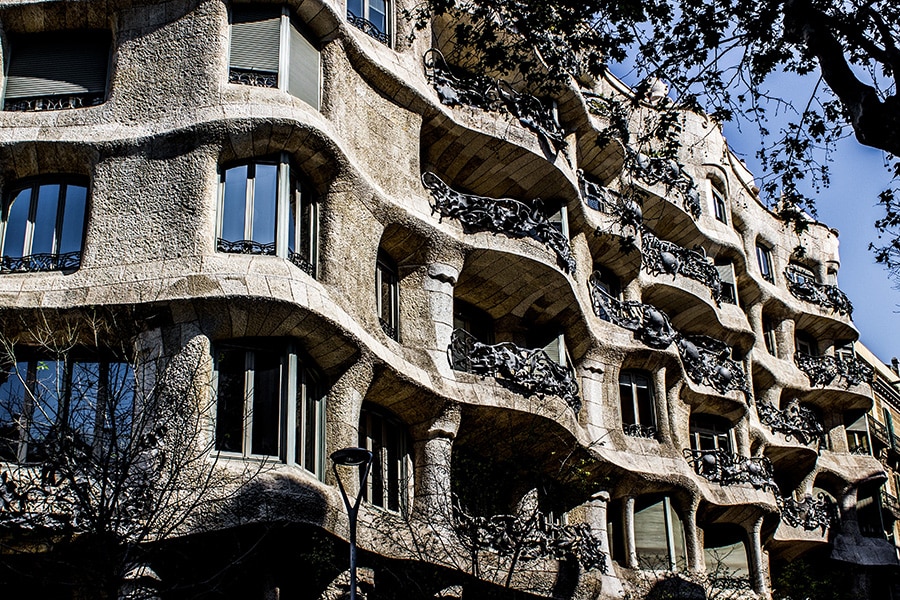
Complex systems require thoughtful design
But, this is not the case everywhere. Technological innovations such as Earth & Wind technology and condensation control enrich architecture and increase the sustainability of buildings. Think of air cooling systems with huge installation cabinets or facades that generate heat and energy through innovative techniques. These solutions are undeniably groundbreaking - and we really want them - but thus raise the questions: how will they be maintained? Who will do it, and how easy or safe is it? A tour of the Zuidas in Amsterdam makes a similar challenge readily apparent. There, buildings are working extensively with solar panels integrated into complex facades. On paper a wonderful example of sustainability, but in practice new questions arise. How does one safely reach those panels for maintenance or replacement? And what if parts fail unexpectedly?
The human factor: qualified maintenance personnel
The construction industry is facing a tight labor market. That should come as no surprise. This applies not only to designers and performers, but also to maintenance professionals. New facade systems require highly specialized knowledge. Without properly trained personnel, projects are at risk, ranging from inefficient maintenance to dangerous situations.
Therefore, it is essential to consider management and maintenance already during the design phase. By structurally integrating maintenance access and safety into the design process, you avoid problems after the fact. Designing accessible workstations, safe anchor points and user-friendly access systems should be as natural as choosing durable materials.
Your designs have impact. They determine not only how people experience a building, but also how it is managed and maintained. The architecture of the future therefore requires more than ever a holistic approach in which functionality, safety and aesthetics go hand in hand. So how can you contribute to this vision? Always engage with specialists from other disciplines, such as maintenance experts and safety experts. And what about a good conversation with stimulating innovators, who are able to provide out-of-the-box ideas that no longer require manpower. But also speak with occupational health and safety experts. And delve into the legislation surrounding Occupational Health and Safety. Together, you can ensure that your designs are not only admired, but also sustainably manageable. As an architect, you have the opportunity - and I would even say the duty! - to find this balance. By integrating maintainability, accessibility and safety (for maintenance work) into your vision, you make a difference for society and certainly for all maintenance personnel - now and in the future.
